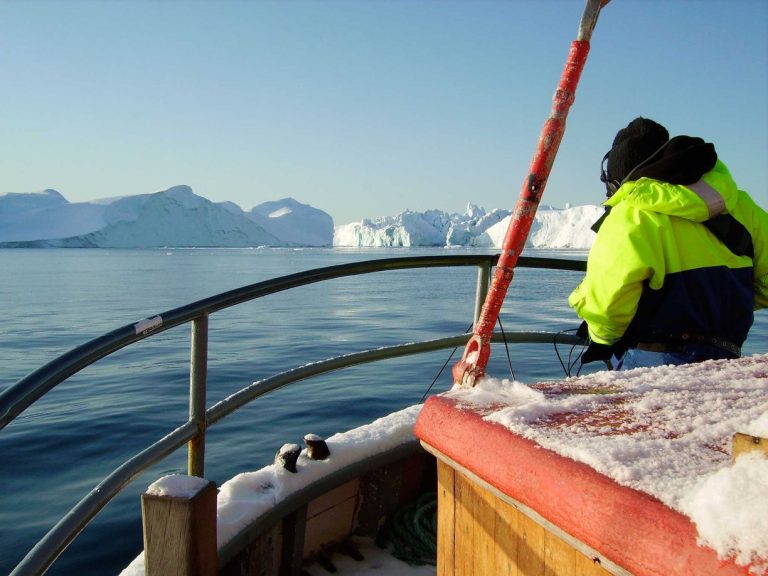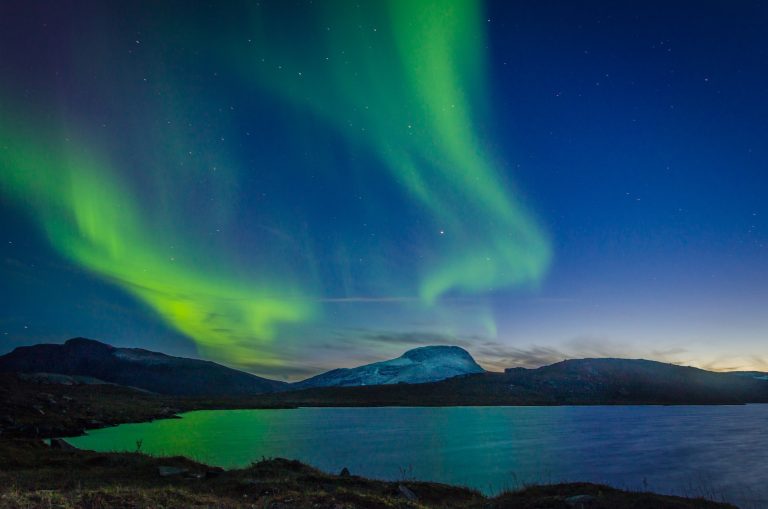The most sought-after berry in Scandinavia, the hardest to find and the most expensive to buy must be the cloudberry, a beautiful, rich-flavored cousin of the raspberry. But still the cloudberry is accessible and affordable, if not for every day. Learn more about cloudberry from Scandinavia.
How it grows

Rubus chamaermorus, a slow-growing alpine and sub-Arctic species, is found all over the northern hemisphere. The cloudberry plant is small in comparison to its relative the raspberry, growing only to around 20cm. The berries are easy to find as they have a stiff, upright stem, each boasting a single juicy berry. Their habitat, however, is less easy to locate as cloudberry plants are very picky and thrive only under perfect conditions: in acid, unfertile ground on high plains, living in symbiosis with a fungus that makes them almost impossible to grow industrially. The entire world crop is picked in the wild, though efforts are being made to introduce cultivars that can be grown in otherwise barren areas in the north.
Appearance and taste

The ripe, golden fruits are soft and juicy, with very hard seeds. They are rich in vitamin C, and this you can detect in their characteristic tart taste. They are one of the most delicious berries, with a perfect balance of sweetness and acidity, but strangely enough not to everyone’s taste.
Buying and storing
Cloudberries can be bought fresh in the season, in northern Scandinavia. Like lingonberry, they contain benzoic acid and are more or less self-preserving, and not easy to handle in trade. Cloudberries are generally bought either frozen (they keep their shape and taste very well when frozen) or already transformed into jam or juice or used as an added flavor to numerous foods and drinks such as Finland’s famous cloudberry liqueur (Lakkalikööri).
Culinary uses

Cloudberries are used both in savory dishes, as sauce or accompaniment for game, and in desserts of almost any kind. The tradition is simple: you don’t need to create elaborate desserts with a berry as flavorful as a cloudberry. Usually, they are made into fools or ice cream; eaten as a topping for pancakes, waffles or vanilla ice cream; or layered in cakes – much as you would use raspberries, but with a completely different taste. You can use cloudberries instead of raspberries in all sorts of recipes, but note that cloudberry seeds are very hard, and numerous. If you are lucky enough to find fresh cloudberries, they can be made into a delicious jam, with a taste of its own.
Cloudberry jam is made exactly as raspberry jam, and the multilayer raspberry cake, the strawberry birthday cake, the rye-bread apple-cake, with berries, the strawberries and cream crispy cones and the raspberry shortcrust squares are also good ways to exhibit the luxurious taste of cloudberries.
Cloudberries are sufficiently elegant and powerful to match savory dishes as well as desserts and they are also a perfect match for hard, mature cheese, either served beside it, or on toast with Jarlsberg or Västerbottenost.
Åkerbär

The Åkerbär or Arctic raspberry (Rubus arcticus) is rarer, smaller and even more elusive than the cloudberry. The incredibly aromatic fruit is considered to be the tastiest berry in the world by the fortunate inhabitants of the extreme north. But this is only mentioned as a curiosity, as it cannot be found outside the Arctic regions of Scandinavia, except as a delicious liqueur, Mesimarja, from Finland.
The true åkerbär will grow only under the midnight sun, but as the berries are so good much work has been done in Sweden to produce a similar, but more tolerant cross. It resulted in the aläkerbär, the ’al’ meaning ‘for everybody’. Its English name is ‘All field berry’. It is a cross with the Alaskan Rubus stellarcticus, delivering more tolerance of growth, and a lovely fragrance in the rose-like, pink flowers. It will grow successfully all over Scandinavia, as long as the soul is acid. It is elf-sterile, and you must plant at least two, but preferably more, of the existing five varieties. It blooms in early summer, and the berries ripen in late summer. It is not quite as good as the true åkerbär, but good enough. It will spread if not controlled.
Cloudberry fool
 The exquisite taste of cloudberry is displayed as you can afford into softly whipped cream. Eaten on it’s own, or with biscuit, this is a favorite Sunday (and Christmas) dessert, especially in Norway (multekrem).
The exquisite taste of cloudberry is displayed as you can afford into softly whipped cream. Eaten on it’s own, or with biscuit, this is a favorite Sunday (and Christmas) dessert, especially in Norway (multekrem).
Cloudberry from Scandinavia, written by Tor Kjolberg
Feature image (on top) © Visit Rauland


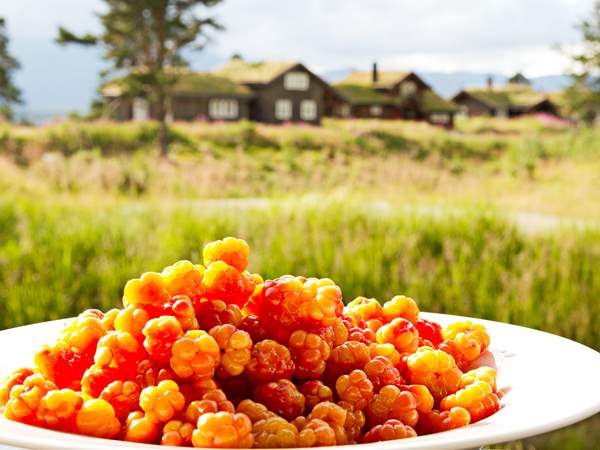
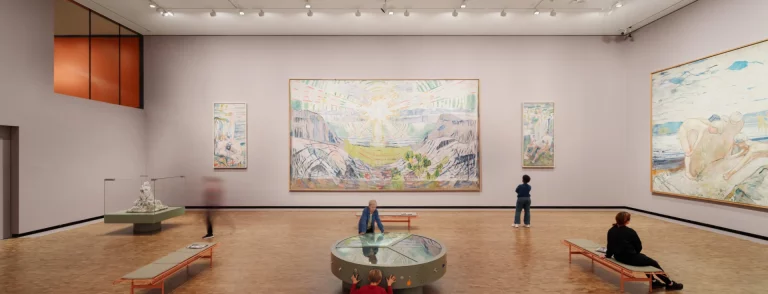

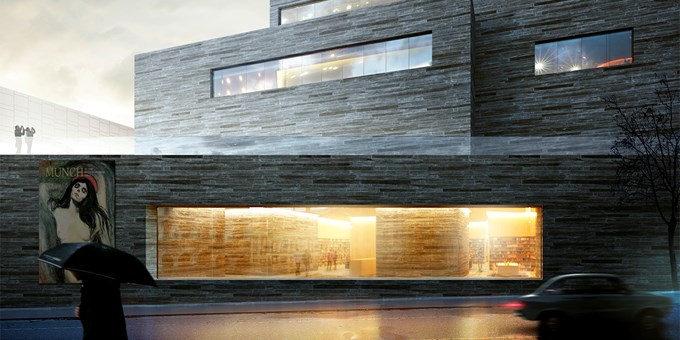

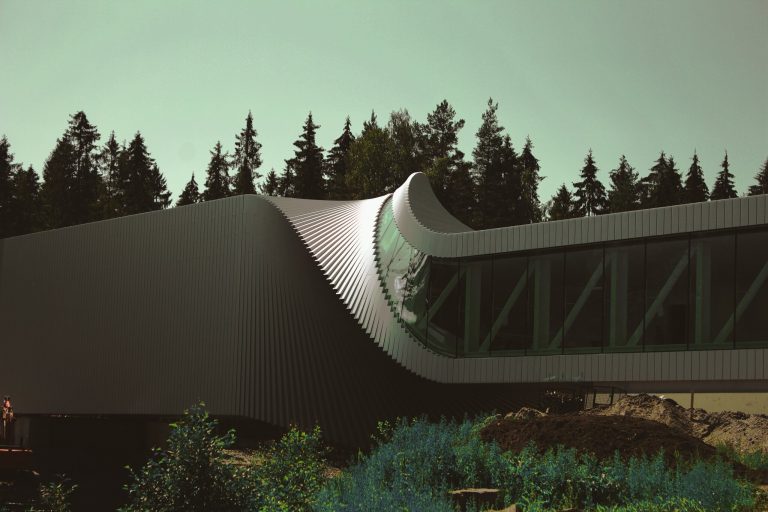


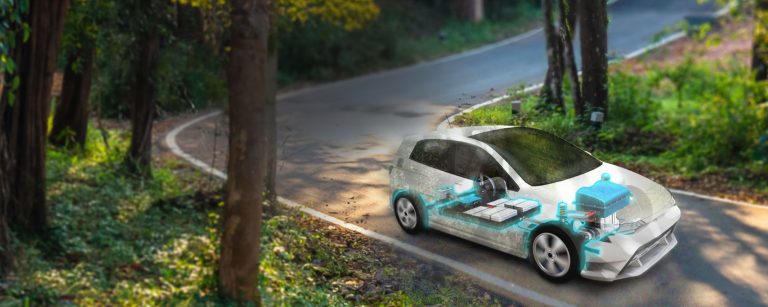




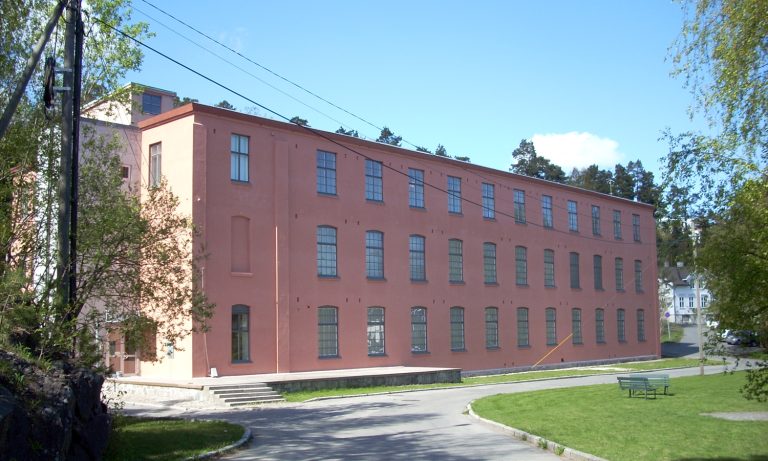




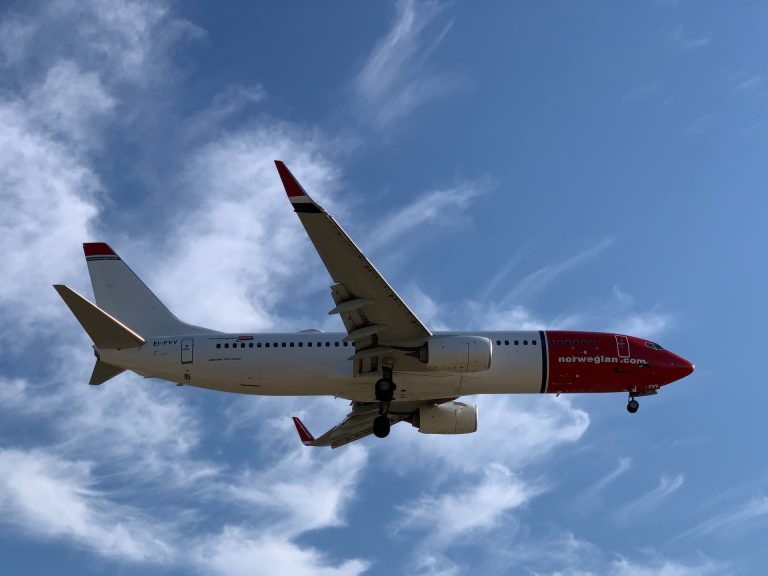




 Have you ever experienced flight disruption with Norwegian Air? How did you handle it? Please let us know. Add comments.
Have you ever experienced flight disruption with Norwegian Air? How did you handle it? Please let us know. Add comments.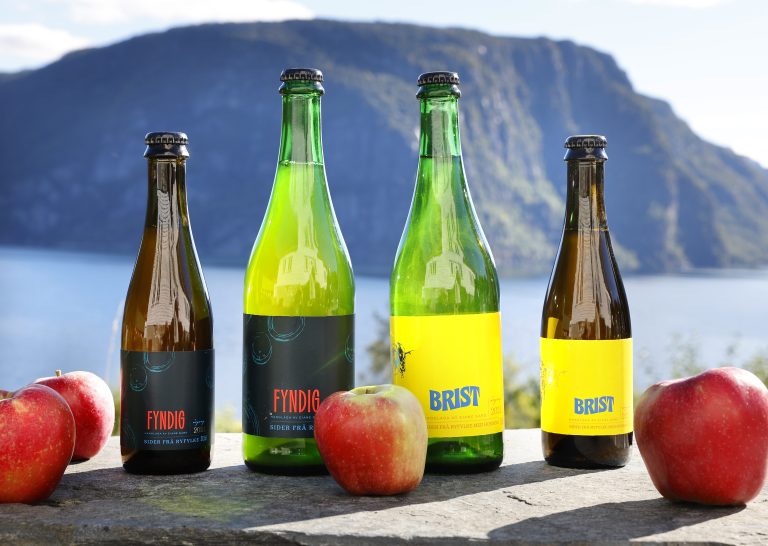





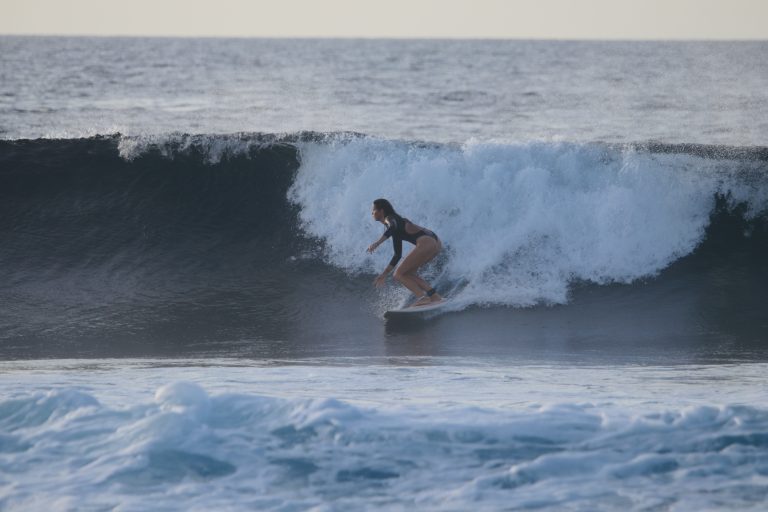
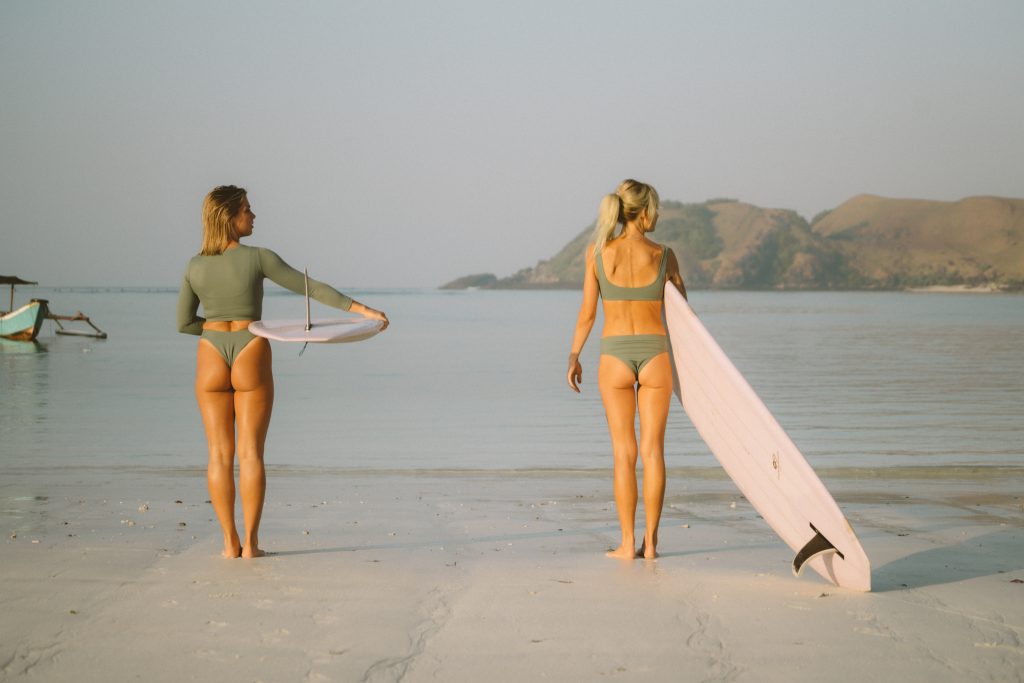
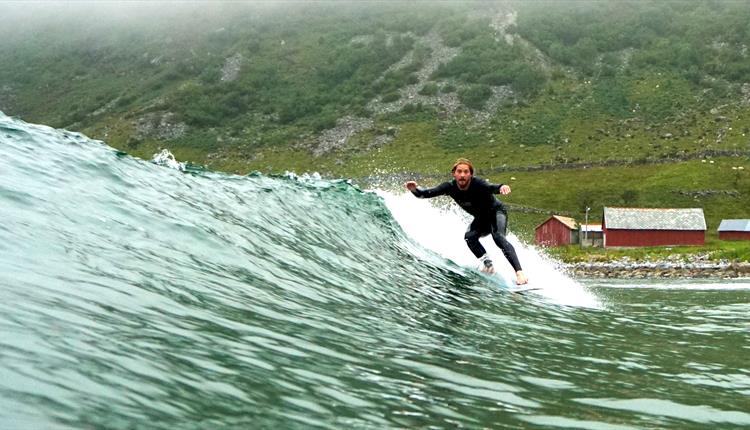
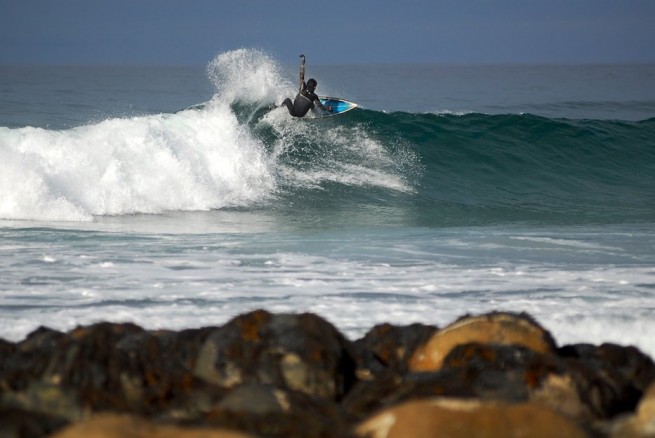



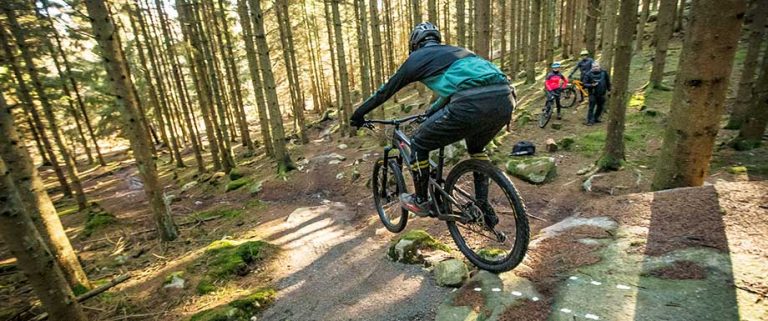



 On Bornholm, you can also rent an electric bike, which allows for comfortable travel and the opportunity to see even more attractions. Regardless of which route you choose, a cycling trip on Bornholm is an unforgettable experience that will stay with you for a long time.
On Bornholm, you can also rent an electric bike, which allows for comfortable travel and the opportunity to see even more attractions. Regardless of which route you choose, a cycling trip on Bornholm is an unforgettable experience that will stay with you for a long time.